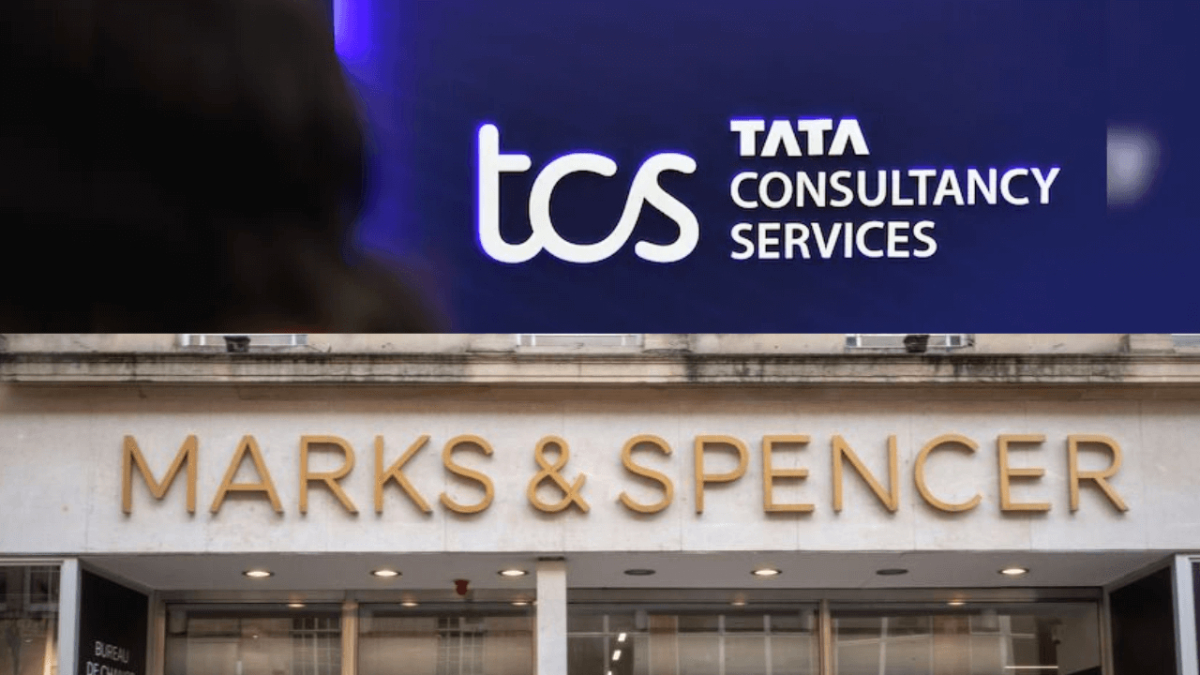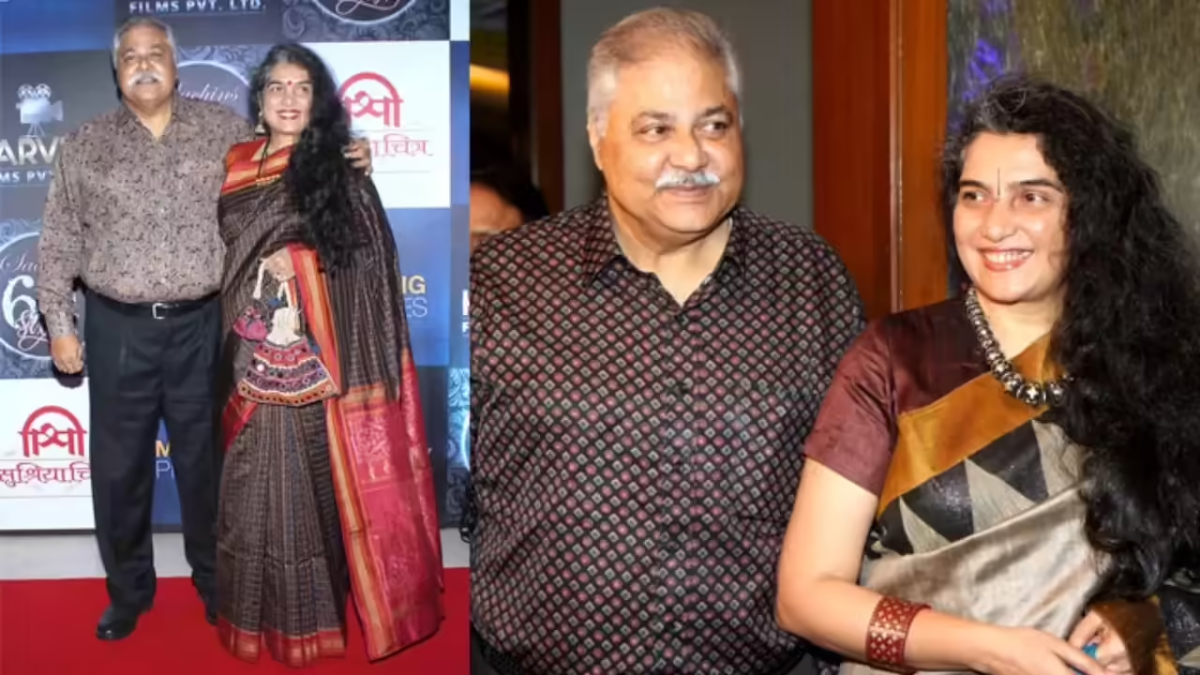Now Reading: MNS Defends Employee in Air India Language Controversy
-
01
MNS Defends Employee in Air India Language Controversy
MNS Defends Employee in Air India Language Controversy

New Delhi, October 27, 2025: A significant new development has been introduced into the viral Air India flight controversy, in which a passenger was allegedly targeted for not speaking Marathi. A counter-video was released by the Maharashtra Navnirman Sena (MNS), effectively shifting the narrative and offering a defense for the woman passenger, who was identified as an employee of Hyundai. The original video, which was posted by a social media influencer, had led to widespread outrage and demands for action against the woman.
Influencer Accused of Orchestration
The MNS video sought to present the woman’s side of the incident, dramatically accusing the original video creator of manipulating the encounter for the purpose of achieving online fame. It was explicitly alleged that the influencer had played the ‘victim card’ to boost engagement and garner views. Details were provided by the party that suggested the initial confrontation was started not by the woman’s insistence on speaking Marathi, but rather by a mundane request that was then twisted by the influencer.
The MNS claimed that the woman, who was a senior employee, had been harassed during the flight simply for speaking in her native language, Marathi, while reportedly asking the influencer to straighten his seat. It was alleged that the incident was then deliberately fueled into a one-sided narrative by the content creator. This counter-allegation has added a layer of complexity to the issue, suggesting that the initial viral content may have been highly edited or selectively framed.
Also Read: Retail Giant M&S Cyberattack Prompts Scrutiny on Outsourcing Partner TCS
Impact on the Woman’s Career
The new video also brought to light the serious personal and professional repercussions suffered by the woman. It was revealed that she had reportedly lost her job and the professional respect earned over years of service because of the massive public outcry generated by the influencer’s original post.
The MNS strongly condemned the swift public trial and the subsequent loss of employment experienced by the woman. The party’s statement asserted that the truth cannot be permanently hidden and that the initial narrative was driven purely by the influencer’s desire for online validation.
The entire controversy, which began as a language row, has therefore been expanded into a debate concerning the ethics of digital content creation and the severe consequences of instant social media justice. The public is now being asked to consider a different perspective, leading to a divided reaction on the veracity of both sides of the story.










